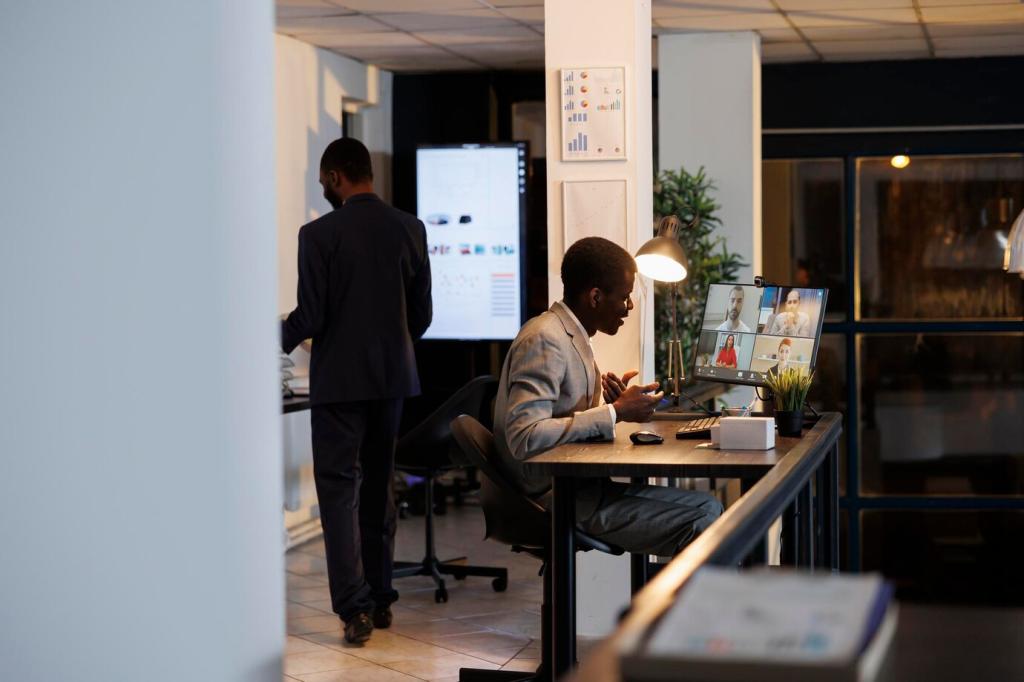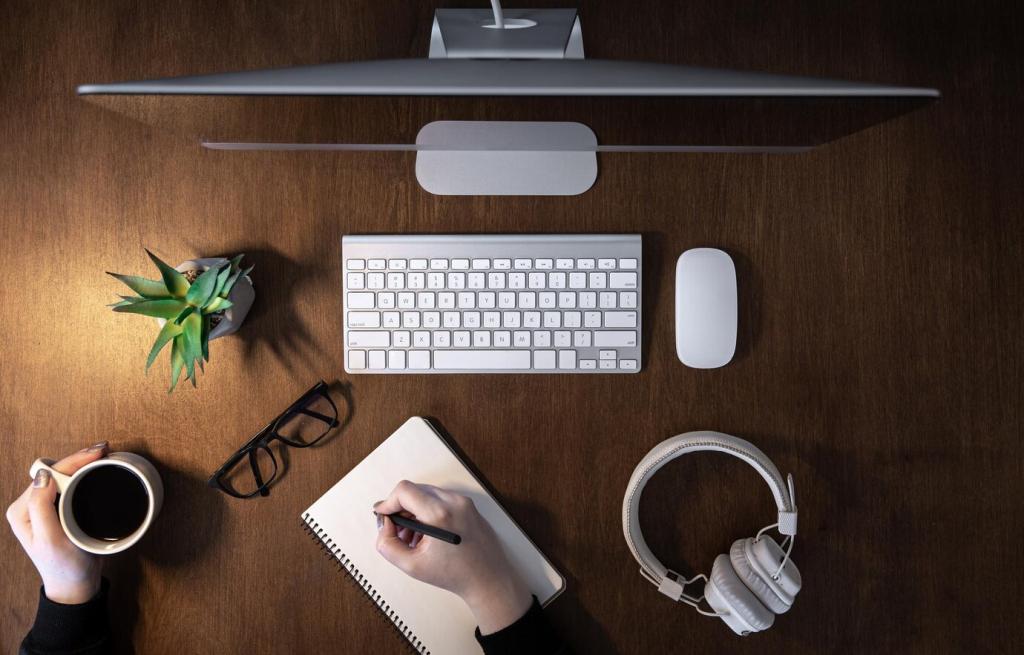Maximizing Efficiency: Designing Your Home Office Space
Creating a productive home office is essential for anyone working remotely or managing personal projects from home. The way your workspace is designed can significantly impact your motivation, focus, and efficiency. Maximizing efficiency involves thoughtful planning and strategic choices in your office layout, organization, and atmosphere. This guide will walk you through all the important aspects to consider when designing your home office, providing insights to make your workspace a hub of creativity and productivity.

Previous slide
Next slide
Choosing the Optimal Location
Leveraging Natural Light
Access to natural light is proven to enhance mood and alertness. Positioning your workspace near a window can keep your spirits high and reduce eye strain. Proper lighting not only impacts your well-being but also sets the tone for a productive atmosphere. Thinking strategically about window placement and the direction of sunlight can help prevent glare on screens while keeping the space vibrant.
Ensuring Accessibility and Separation
Your home office should be easily accessible yet separate from the daily bustle of household activities. Strive to strike a balance between being near essential amenities and maintaining a boundary that signals work mode. This separation helps in drawing a line between professional duties and personal life, fostering efficiency during work hours and relaxation during off-times.
Adapting to Space Limitations
Not every home provides a dedicated room for an office. Sometimes, creativity is required in repurposing nooks, corners, or even closets into functional workspaces. Understanding how to work within your home’s spatial constraints allows you to maximize whatever area you have, ensuring that every square foot supports your productivity plans.
Designing for Comfort and Ergonomics
A supportive chair is one of the most critical investments for any home office. It should offer adequate lumbar support, adjustable height, and a comfortable seat cushion. Using a poorly designed chair can lead to discomfort and long-term health issues, so prioritize quality when making your choice to foster a pain-free, productive workday.
Proper desk and monitor height play vital roles in maintaining good posture. Your desk should allow your elbows to rest at a 90-degree angle while typing, and monitor screens should be at eye level to reduce neck strain. Thoughtful arrangement of these elements transforms your workspace into one of ease, helping you focus on tasks rather than discomfort.
Beyond basic ergonomics, consider ways to support your overall well-being. Incorporate options for standing desks, wrist rests, or footrests to reduce repetitive strain. Small additions, such as ergonomic keyboards or adjustable lighting, can make a marked difference in your daily comfort and long-term health, ensuring your office remains a place where you can thrive.
Effective Organization and Storage
Streamlining Workflow with Storage
Implement storage systems that are tailored to your unique requirements, whether that means shelving, cabinets, or desktop organizers. Keeping essential items within arm’s reach ensures your daily workflow remains uninterrupted. A well-thought-out storage plan prevents clutter buildup and brings a sense of order and calm to your work environment.
Going Paperless and Digital
Reducing paper reliance can dramatically declutter your space and streamline information retrieval. Invest in digital organization software, cloud storage, or scanning solutions to keep documents accessible and safe. Transitioning to a more digital approach not only saves space but also fosters a modern, efficient workspace adaptable to changing needs.
Managing Cables and Accessories
The modern home office is filled with technology, and with it comes the challenge of managing cords and accessories. Concealing cables with clips or sleeves, designating charging stations, and organizing small gadgets helps maintain a polished, clutter-free workspace. Thoughtful cable management contributes both to safety and to a visually calming environment.
Creating a Productive Atmosphere
Colors and decor can subtly influence your productivity levels. Choosing uplifting hues like soft blues, greens, or neutrals can foster concentration and calmness. Adding personal touches, such as art or meaningful objects, makes your office feel welcoming and uniquely yours, encouraging creativity and making work more enjoyable.
Maintaining a consistent, comfortable temperature is essential for concentration. Excessive heat or cold can hinder productivity, so consider options like fans, heaters, or smart thermostats for control. Good air quality, assisted by plants or purifiers, prevents lethargy and keeps you feeling fresh, sharp, and ready to tackle the day’s challenges.
Minimizing noise, controlling phone notifications, and creating visual boundaries are techniques that can keep you focused. Using sound-absorbing materials or noise-canceling headphones can shield you from outside interruptions. By identifying and addressing distractions upfront, your workspace remains a sanctuary for undisturbed, high-quality work.


Reliable Connectivity
A dependable internet connection is fundamental for video calls, cloud applications, and research. Upgrading your router, investing in network extenders, or securing backup options ensures you remain online without glitches. A robust connection not only saves time but also upholds your professional image during important meetings and deadlines.

Smart Office Devices
Smart speakers, voice assistants, and automated lighting or thermostats simplify routine tasks, reducing cognitive load. Integrating intelligent devices allows for hands-free scheduling, quick reminders, and tailored environmental settings. In adopting these tools, your workspace becomes more adaptive, efficient, and suited to your work style.

Protecting Data and Devices
Safeguarding your devices and information is paramount when working from home. Installing security software, using encrypted connections, and setting up automatic backups protects against the unexpected. Attending to digital security ensures that your productivity is never compromised by technical failures or data breaches.
Balancing Work and Wellness
Prolonged sitting can harm both your body and energy levels. Set up your office to promote periodic movement by incorporating sit-stand desks, stretch zones, or reminders to take breaks. This commitment to movement keeps you alert, healthy, and capable of maintaining focus during longer work sessions.
